Where to stay in Fuerteventura: A Guide to the “Fortunate Island”
Fuerteventura is one of the eight islands that make up Spain’s Canary Islands autonomous community. This island, the second largest after Tenerife, is part of the province of Las Palmas and is located only 100 km from the coast of Morocco. Fuerteventura is one of the most visited islands in the archipelago. It is famous for its white-sand beaches, its rocky coves, and for being one of Spain’s most important water sports destinations. In this post, we’ll discover the best areas to stay in Fuerteventura.
Why you should visit Fuerteventura
The island of Fuerteventura is one of the most visited sun and sand destinations in the Canary Islands and the entire Spanish territory. This elongated island, the largest in the province of Las Palmas, is also the flattest in the entire archipelago and offers some of its best beaches. Thanks to its thriving tourist industry, Fuerteventura has several tourist developments and excellent infrastructure. See accommodation in Fuerteventura.
Broadly speaking, the island’s north and east coasts are home to most urban centres and resort towns. It is also where the most popular beaches are found. On the other hand, the west coast of Fuerteventura is wilder and eminently rural.
Corralejo, in the north of Fuerteventura, is the main tourist development on the island. This town is famous for the Corralejo Natural Park, an extensive protected area with dunes and beaches that can be explored on quads. See accommodation in Corralejo.
The south Fuerteventura and the Jandía peninsula are known for being the island’s most mountainous area and being home to tourist centres of Morro del Jable and Costa Calma.
Perhaps the best thing about visiting Fuerteventura is that, although the island is very well developed and has excellent infrastructure for tourists, it is also home to secluded, not yet overdeveloped beach towns. . If resorts, souvenir shops and fast-food chains are not your thing, in Fuerteventura you can also find havens of peace by the sea. Some quiet beach destinations to stay in Fuerteventura include Ajuy, La Pared and Ginginámar.
The island of Fuerteventura has long been one of the main active tourism destinations in the Canary Islands. Its geographical position near the Sahara and its flat terrain cause it to be under constant winds and make it a great destination for watersports like surfing, windsurfing, kitesurfing and parasailing. On the other hand, its crystal clear waters and rich seabed also make it a paradise for snorkelling and scuba diving. Check tours and activities in Fuerteventura.
But Fuerteventura is much more than just beaches. Travellers who venture inland can savour the authentic Majorera essence, marvel at the typical Canarian architecture of its villages, enjoy spectacular wild landscapes, taste some of the best cheeses in the country and stay in amazing rural accommodations. Some of the best inland towns to stay in Fuerteventura are Betancuría, Antigua, Tuineje and La Oliva.
When to visit Fuerteventura
Despite being only 100 km from the desert coasts of Africa and having a very arid terrain. Fuerteventura is known for its pleasant temperatures throughout the year. The warm temperatures are joined by sunny days and very little rainfall throughout the year. During the summer, average temperatures usually range between 24 and 29 ºC. On the other hand, winters are exceptionally warm, with temperatures ranging between 15 and 22 ºC.
Thanks to its pleasant and constant temperatures, Fuerteventura can be considered a perfect tourist destination all year round. That said, the best time to visit Fuerteventura is during spring (April to early June) and fall (October to early December). There are almost no tourists on the islands during these months, hotels are not that expensive, and temperatures are great for going to the beach.
Unlike mainland Spain, the Canary Islands have two high seasons; one during the summer (June-August), coinciding with the holiday period in many European countries, and the second during winter, when many tourists from the continent come to the archipelago escaping from the low temperatures back home.
Getting there and moving around
The Aeropuerto de Fuerteventura is the only airport on the island. Also known as El Matorral Airport, this terminal is located 5 kilometres south of Puerto del Rosario. It offers flights to over 80 destinations in the Canary Islands, mainland Spain and continental Europe (with many connections to cities in Germany, France and Great Britain).
Fuerteventura is also connected by ferry. Its capital, Puerto del Rosario, has ferry links to the ports of Santa Cruz de Tenerife, Las Palmas de Gran Canaria and Arrecide (Lanzarote). Additionally, the town of Morro Jable offers connections to Santa Cruz de Tenerife and Las Palmas de Gran Canaria, and Corralejo, in the north of the island, is connected to Playa Blanca Lanzarote. See ferry routes, schedules and fares in the Canary Islands.
Although Fuerteventura has taxis and an extensive network of buses (locally known as guaguas ) connecting the main towns on the island, the best way to move around Fuerteventura and get there to all its villages, natural parks, and beaches is by car. You can rent a cheap car in Fuerteventura here. Another excellent option to get around the island is hiring tours and activities with transportation included.
Where to stay in Fuerteventura
The best area to stay in Fuerteventura is Costa Calma. This resort town in the south of the island offers the best beaches for bathing and surfing on Fuerteventura. Costa Calma is also close to the Jandía Natural Park and is home to some of the best-rated resorts in the Canary Islands. See accommodation in Costa Calma.
Another great town to stay in on the island of Fuerteventura is Corralejo. This tourist enclave in the north of the island is ideal for surfing, and its huge hotel offer means that there are always deals to be found. See accommodation in Corralejo.
Other excellent options to consider when choosing the best location for tourists in Fuerteventura include Morro del Jable, El Cotillo, Playa de Jandía, Caleta de Fuste, Puerto del Rosario, and the inland villages of La Oliva, Betancuría, Antigua and Tuineje.
Keep reading to find out more about the best areas to stay in Fuerteventura, Canary Islands.

INNSiDE by Meliá is set on Sotavento Beach in Costa Calma. It features an outdoor pool and hammocks. Each air-conditioned suite includes a flat-screen TV with satellite channels and a minibar. Private bathrooms have a walk-in shower and hairdryer.
The Best Areas to Stay in Fuerteventura, Spain
1. Recommended area: Costa Calma & Sotavento
Costa Calma is a tourist town in the south of the island of Fuerteventura.
Set in the north of the Jandía peninsula, 65 km south of the airport and 70 km from Puerto del Rosario, this tourist development, along with the various beach and residential compounds, make up Fuerteventura’s Sotavento Coast.
Contrary to what its name may imply, Costa Calma is, in fact, an area especially known for its strong winds.
In fact, the Sotavento Coast is one of the most important windsurfing destinations in Spain and hosts competitions such as the Freestyle Grand Slam Windsurf Championships.
The urban centre of Costa Calma is characterised by its imposing resorts and luxurious apartment buildings.
Like most tourist towns on the Canarian coasts, most of the bars and restaurants in Costa Calma are located next to the beach. El Palmeral Shopping Centre and its surrounding area also offer some shops and several restaurants.
As is to be expected, the greatest tourist attraction in Costa Calma is its beaches. Considered the most beautiful coastline in Fuerteventura, the Sotavento beaches offer kilometres of white sands, dunes and crystal clear emerald waters.
Playa Costa Calma, the main beach in the town, is the most accessible of all and offers all kinds of services for bathers, including restaurants, beach bars, showers, bathrooms and a nautical school where you can rent watersports equipment.
Other beaches in this area include Playa Esmeralda, Playa de la Barca, Risco del Paso and the extensive Playa de Sotavento.
The island’s main highway, the FV-2, connects Sotavento with Morro del Jable to the south and Puerto del Rosario to the north.
As with the rest of the island, the best way to get around Costa Calma is by rental car. Additionally, bus route number 10 connects Costa Calma with the airport and the island capital and lines 4, 9 and 10 with Morro Jable and the south of Fuerteventura.
The accommodation offer in Costa Calma is one of the most luxurious on the island. This town is known for its exclusive resorts and large chain hotels, and its elegant apartments and tourist villas.
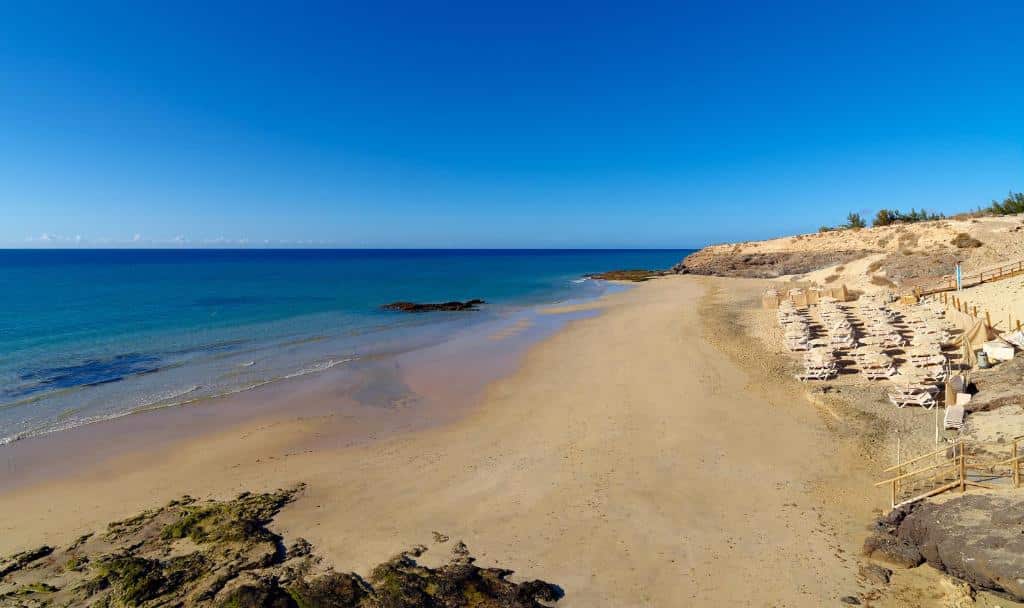
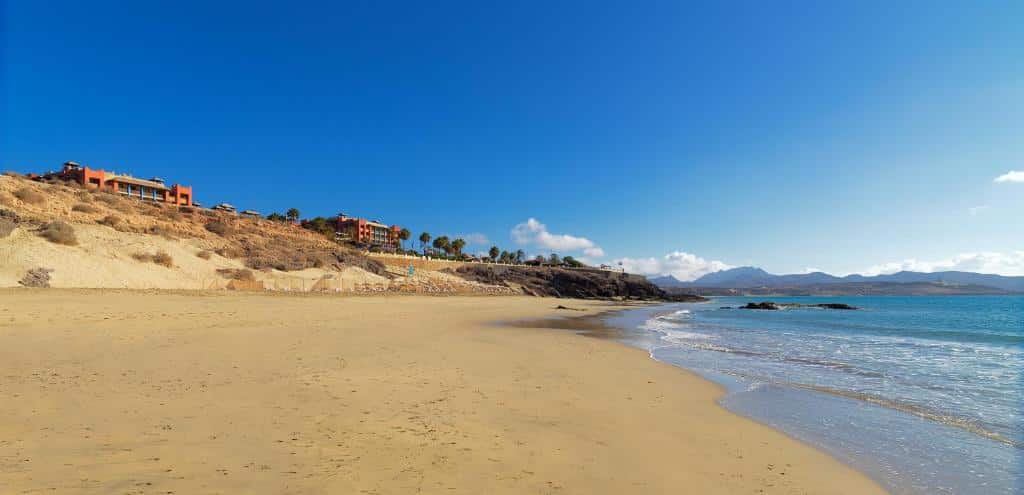
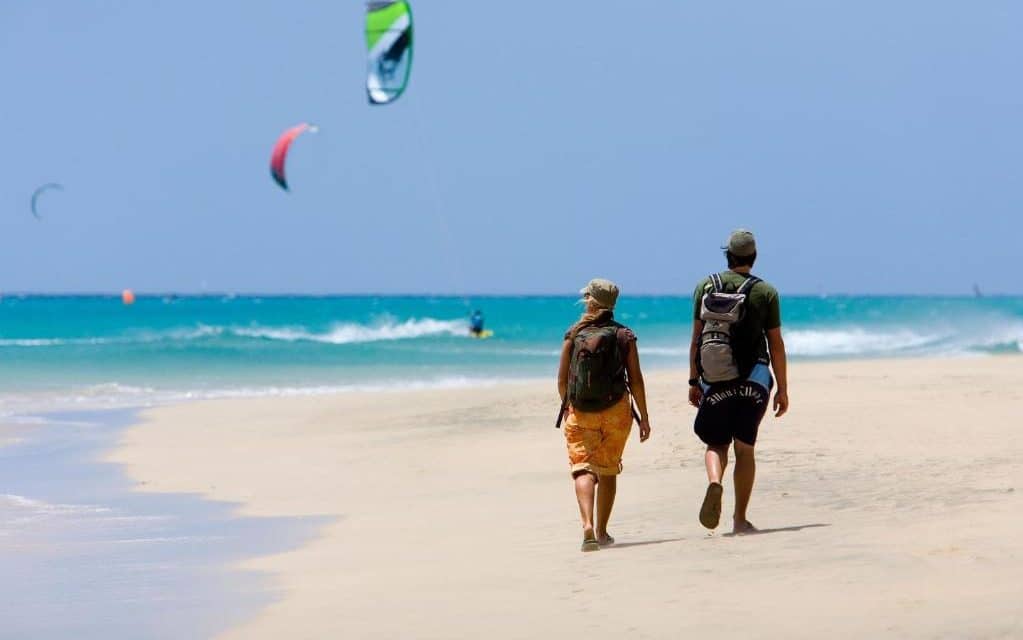
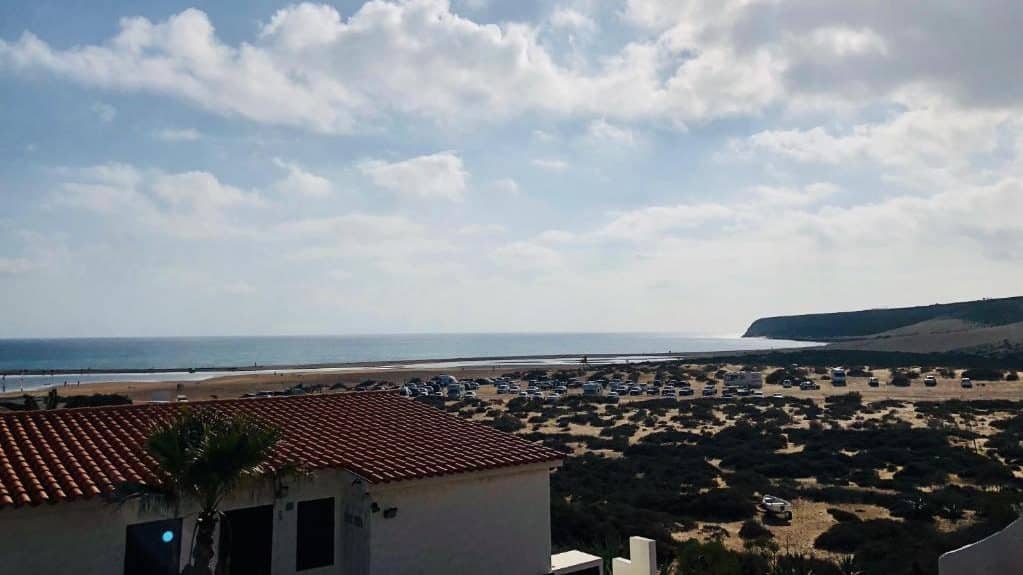
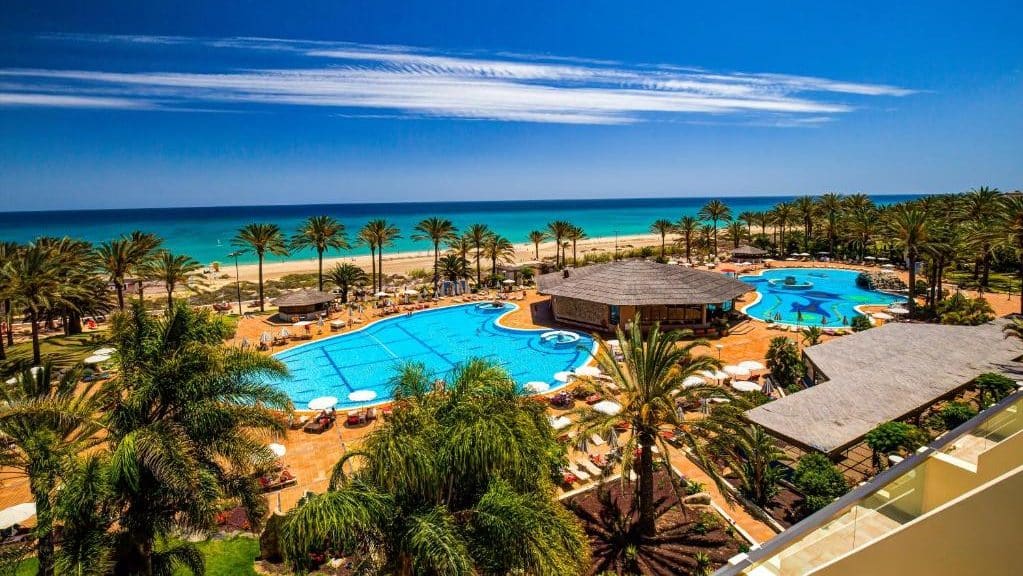

Why is this a recommended area to stay in Fuerteventura, Canary Islands:
- Spectacular beaches
- Best area for windsurfing
- Watersports
- Luxury hotels and resorts
- Best area for a romantic trip
Accommodation in this area
-
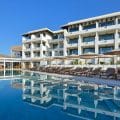
INNSiDE by Meliá Fuerteventura – Adults Only
INNSiDE by Meliá Fuerteventura – Adults Only is located on Sotavento Beach, in Costa Calma. The property has an outdoor pool and hammocks. The suites have air conditioning, a flat-screen satellite TV, a minibar and a private bathroom with a walk-in shower and a hairdryer.
-
Budget
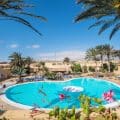
Royal Suite
The Royal Suite aparthotel complex is located 900 metres from the beach, on the outskirts of Costa Calma, in the south of the island of Fuerteventura. Guests can swim in one of the complex’s swimming pools to cool off from the warm Canarian sun.
-
Luxury
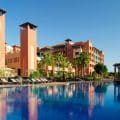
H10 Tindaya
This hotel is located on the beautiful white sand beaches of Costa Calma. It is the ideal place for a sunny holiday in Fuerteventura. This new hotel is built in a modern Canarian style and is located around 3 outdoor swimming pools.
2. Corralejo
Corralejo is the main tourist town on Fuerteventura.
It is located in the north of the island, about 40 kilometres from the airport.
Like many other towns in the Canary Islands, this coastal town originated as a small fishermen’s settlement. Everything changed in the 1960s with the arrival of the tourist industry to the south of the island, which a decade later would bring the first hotels to Corralejo.
Its thriving tourist industry has turned Corralejo into a modern city with all kinds of services and infrastructures aimed at the thousands of visitors it receives annually.
The main urban beaches of Corralejo are La Clavellina, Corralejo Viejo, La Goleta, Los Verilitos, Del Medio, Punta Prieta and La Barreta. All these beaches have all kinds of services for bathers.
However, the main tourist attraction in the north of Fuerteventura is the Great Beaches of Corralejo, a set of beaches characterised by their white dunes and crystal clear turquoise waters spanning 3.5 kilometres south from Punta de Tivas.
The Great Beaches are part of the Corralejo Natural Park, a protected area featuring dunes and desert ecosystems.
If you travel to Fuerteventura with children, the Acua Water Park offers slides, swimming pools and rest areas, as well as a children’s club and restaurants.
The town centre of Corralejo is one of the liveliest areas on the island. This pedestrianised neighbourhood offers a multitude of shops, tourist offices, restaurants, cafes and bars.
Excursions to the paradisiac Isla de Lobos and ferries to the Lanzarote town of Playa Blanca depart from the nearby port of Corralejo.
Corralejo is served by taxis and the Fuerteventura bus network, which connect the town with Puerto del Rosario, the airport and the tourist enclaves of Caleta de Fuste, Costa Calma and Morro Jable.
The accommodation offer in Corralejo is the widest in Fuerteventura. It includes from the most modest family-run guesthouses to the most luxurious resorts and a wide variety of tourist apartments and villas.
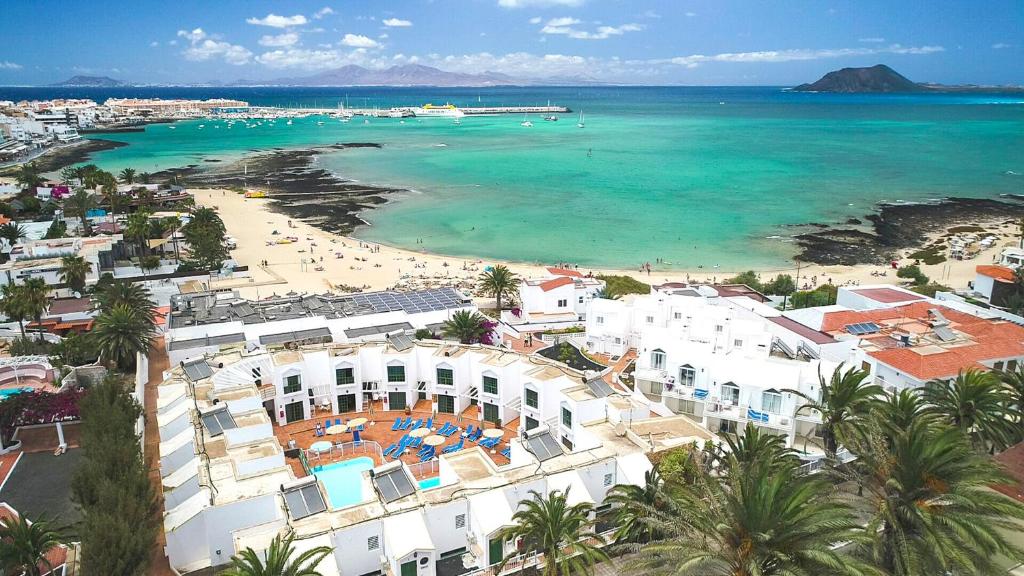
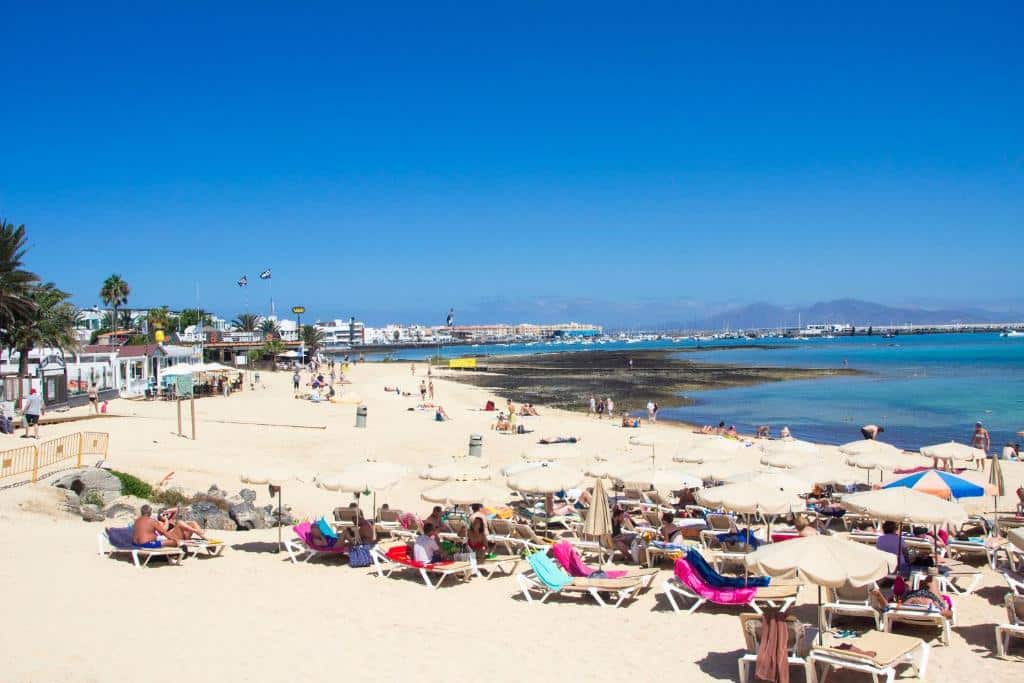
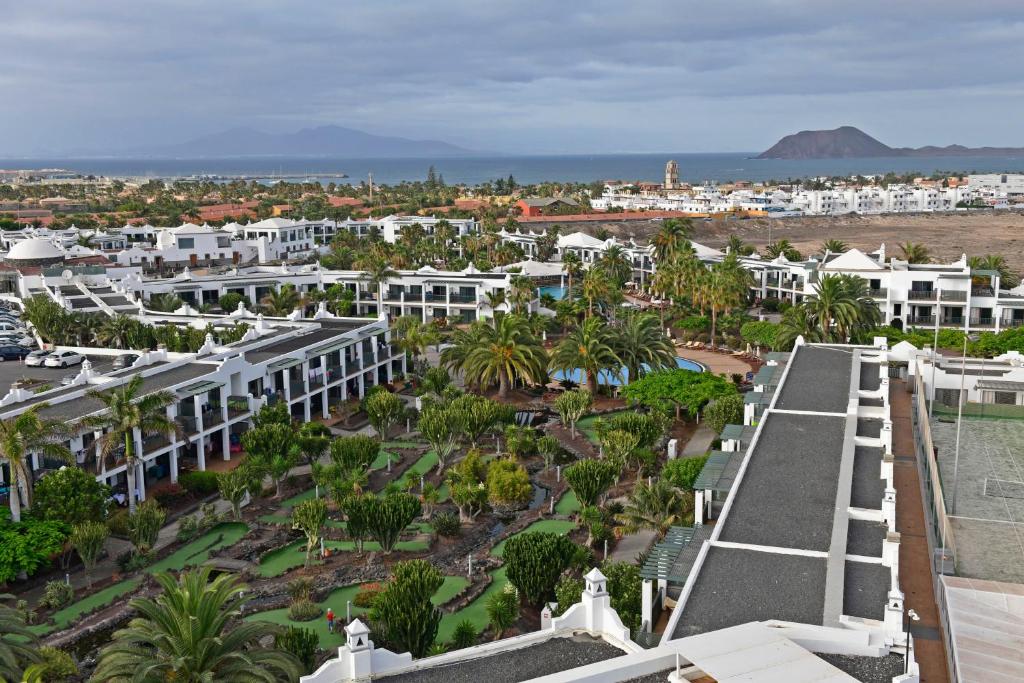
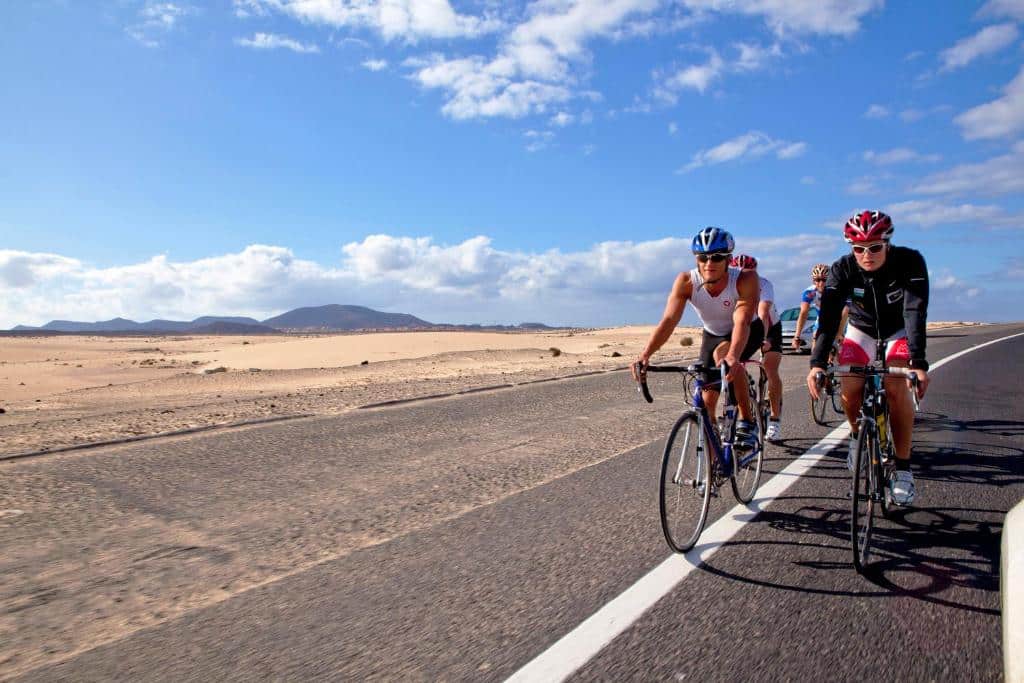
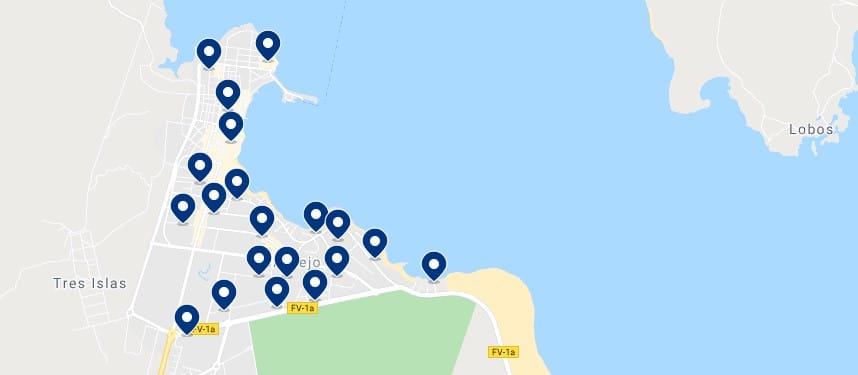
Why is this a recommended area to stay in Fuerteventura, Canary Islands:
- Excellent urban and wild beaches
- Accommodation of all kinds
- Corralejo Natural Park
- Best area to stay without a car in Fuerteventura
Accommodation in this area
-
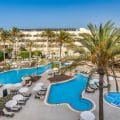
Barceló Corralejo Bay – Adults Only
Barceló Corralejo Bay is located just 80 metres from Corralejo Beach, next to Corralejo’s commercial centre. This adults-only resort offers modern spa facilities, including a gym, sauna and massage services.
-
Budget
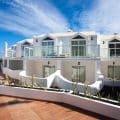
TAO Caleta Playa
These charming apartments are located in front of the sea, just 200 metres from the centre of Corralejo, and offer direct access to Corralejo Beach. TAO Caleta Playa has an outdoor pool.
-
Luxury
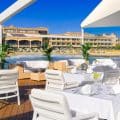
Secrets Bahía Real Resort & Spa Adults Only
The Hotel Secrets Bahía Real Resort & Spa is a 5-star complex located in front of Corralejo beach, in Fuerteventura. It offers 6 restaurants, a cocktail bar, a spa and 2 outdoor pools surrounded by lush tropical gardens. Free WiFi is available throughout.
3. Morro Jable
Morro Jable is a town located in the south of Fuerteventura, about 85 kilometres south of the island’s airport and 20 km from Costa Calma.
Also known as Morro del Jable, Morro Jable is part of the municipality of Pájara and the Jandía peninsula.
This town, which also has its origin in a humble fishing village, was the first to be developed as a tourist centre in the 1960s. Morro Jable is a top-rated destination among tourists and ex-pats from Northern Europe, especially British, Irish, German and Scandinavian.
The main tourist attraction of Morro Jable is the Playa del Matorral, a 4.3 km long beach with calm waters and fine golden sand and one of the favourite beaches among tourists visiting Fuerteventura.
The urban centre of Morro Jable is very lively and offers a large number of restaurants and bars.
Nearby lies the port of Morro Jable, which offers ferry connections to the Canary capitals of Santa Cruz de Tenerife and Las Palmas de Gran Canaria.
Towards the east and north of the Morro coast, you can find a succession of semi-wild beaches and small residential compounds spanning north to Sotavento beach and the town of Costa Calma.
In contrast, the western coastline is dominated by Jandía Natural Park, a natural area known for its arid terrain and virgin beaches and coves.
At the southwestern tip of the island is the small Puerto de la Cruz. North of it lie Playa de Cofete, a large, secluded golden-sand beach offering nudist areas.
Morro Jable and the many coastal towns of Jandía offer many accommodations, including several prestigious luxury resorts.
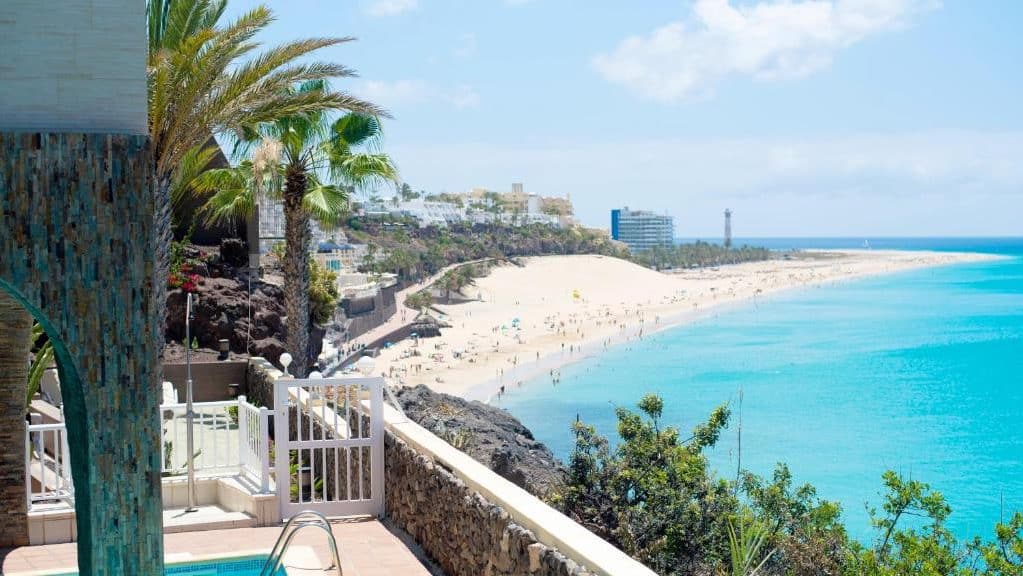
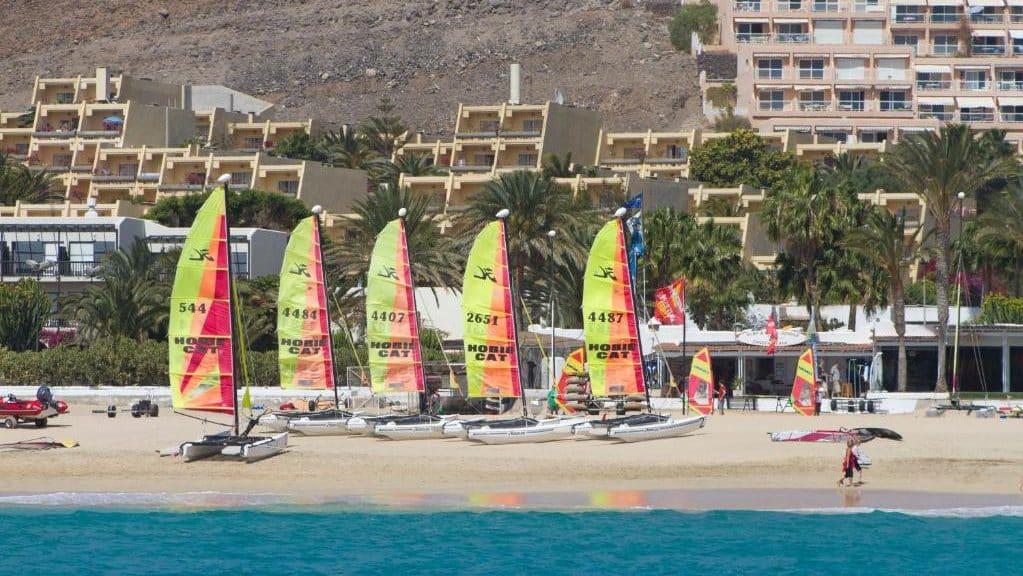

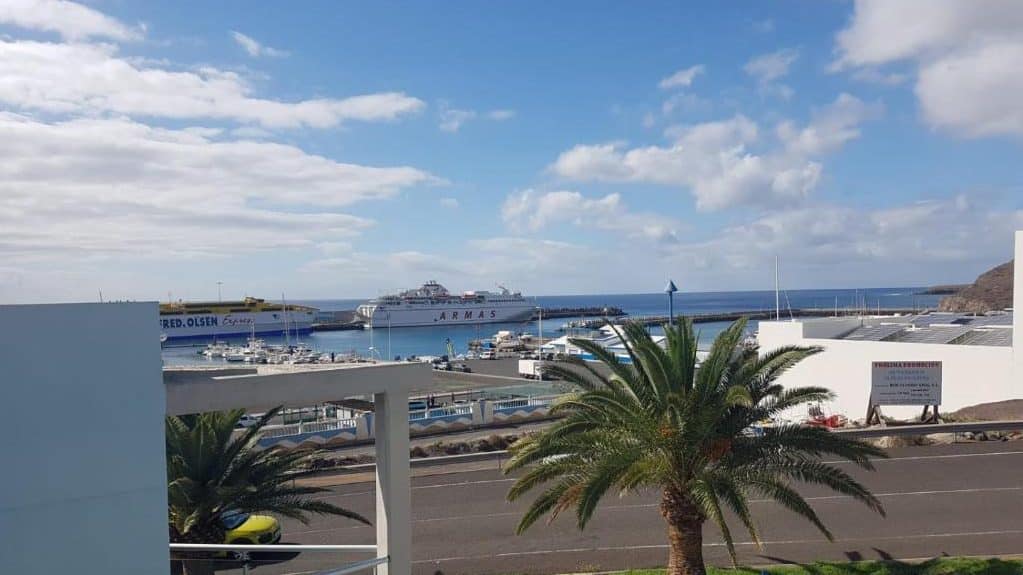
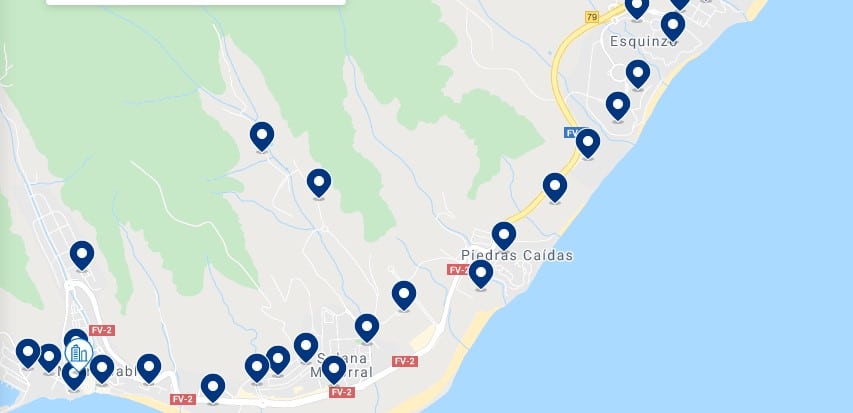
Why is this a recommended area to stay in Fuerteventura:
- Beautiful beaches
- Large amount of accommodation
- Jandía Natural Park
Accommodation in this area
-
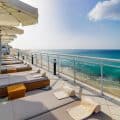
XQ El Palacete
XQ El Palacete has an outdoor pool and sun terrace overlooking Morro Jable Beach, in the south of Fuerteventura. Satellite TV and private balcony with sea views. All rooms in the hotel have air conditioning and a flat-screen TV. The private bathroom includes a hairdryer.
-
Budget

La Atalaya de Jandía
The Atalaya de Jandía apartments are located next to the beach in this charming town of Fuerteventura. They consist of one bedroom and have a furnished terrace where you can dine and relax contemplating the sea views. This property offers a sauna and swimming pool.
-
Luxury

Iberostar Selection Fuerteventura Palace
The Iberostar Selection Fuerteventura Palace is located on Jandía Beach and offers outdoor pools with impressive sea views. This adults-only hotel features the Sensations Spa with a gym and sauna. In addition, there is free high-speed WiFi.
4. El Cotillo
El Cotillo is a town located in the northwest of Fuerteventura, 20 kilometres by road from Corralejo and 48 km from the island’s airport.
Along with Los Lagos, El Cotillo is the largest settlement on the west coast of Fuerteventura and stands out for its excellent beaches and charming town centre.
El Cotillo has beautiful beaches to the north and south. Its beaches stand out for their fine white sand and crystal clear waters.
To the north of the town, you can find quiet beaches and natural pools suitable for those travelling with children. On the other hand, the beaches to the south of the town are full of wild waves and strong winds and attract many surfers, windsurfers and kitesurfers.
The main beaches in El Cotillo include La Concha, Los Charcos, Piedra Playa, Los Lagos and El Caletón.
Although El Cotillo has many hotels and apartments and its centre has bars, restaurants and some shops, this town is not as crowded as other parts of the island, and its atmosphere is much quieter.
El Cotillo is connected to Corralejo and the airport by the island bus.
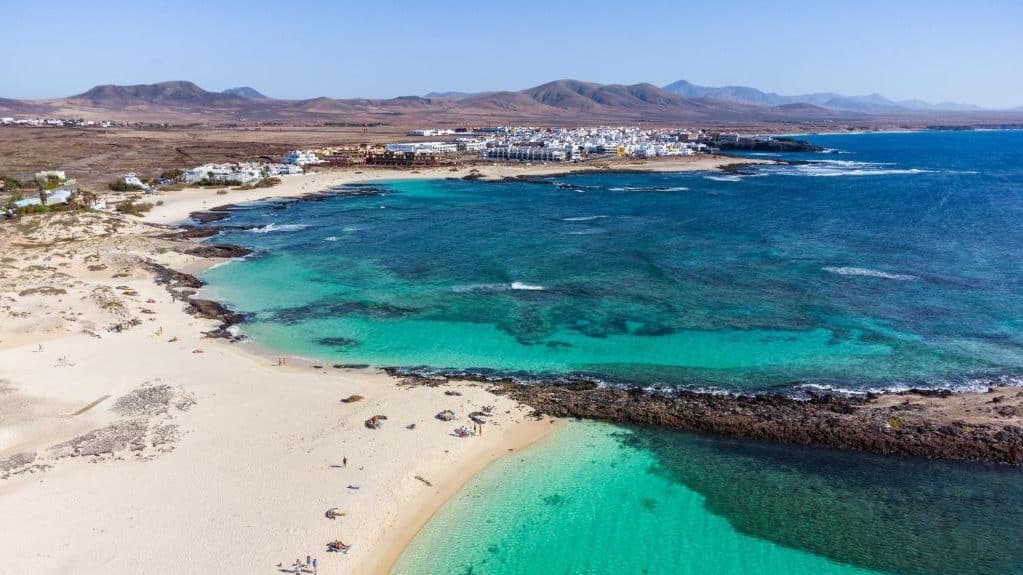
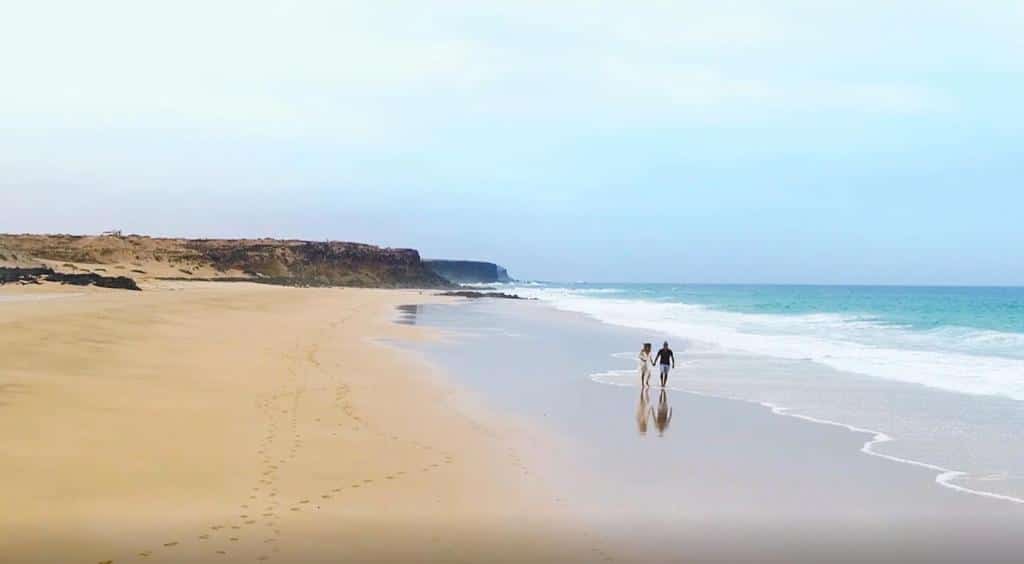

Why is this a recommended area to stay in Fuerteventura:
- Beautiful beaches and pools
- Not overcrowded
- Connected with the north of the island
Accommodation in this area
-

El Hotelito del Cotillo
Offering a terrace, Hotelito del Cotillo is located in Cotillo, Fuerteventura. The hotel has a hot tub and a tour desk. The hotel rooms have free Wi-Fi and a private bathroom with a shower and a hairdryer.
-
Budget
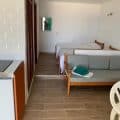
Cotillo Lagos
El Cotillo Lagos is located on the island of Fuerteventura, in a quiet and beautiful area next to Los Lagos beach. It offers studios with a private balcony or terrace.
-
Luxury

Coral Cotillo Beach
This modern hotel has a swimming pool and a buffet restaurant. It offers rooms with a flat-screen TV and a balcony. Cotillo Beach and Spew Pits surf destination are 500 meters away. Hotel Cotillo Beach has tennis courts, gardens, games area, lounge and terrace next to the pool.
5. Caleta de Fuste
Caleta de Fuste is a town located on the Fuerteventura’s eastern coast, in the municipality of Antigua and 7 kilometres south of the island’s airport.
Also known as El Castillo, Caleta de Fuste is one of the most exclusive towns in Fuerteventura and is known for its upscale resorts, its marina, its many golf courses and its luxurious residential developments.
Its main beach, El Castillo, is known for its white sands and clear waters.
Sheltered by the town’s port, Playa del Castillo has the calmest waters on the island and is suitable for swimming and sunbathing. Due to its calm waters, Caleta de Fuste beach is also the most suitable for family trips.
In addition to its quiet beach, Caleta offers other family-friendly attractions such as the Oceanarium Explorer, a marine park offering shows and activities for children, boat trips, and the opportunity to swim with sea lions.
The most representative historical attraction of the town is Torre de San Buenaventura. Also known as Castillo de Caleta, this circular stone tower was built in the 18th century to defend the island from pirate attacks.
The main commercial and entertainment area of Caleta de Fuste is located around Playa del Castillo and in the north of the town.
The southern developments offer a more relaxed and residential atmosphere, with numerous hotels and resorts and tourist apartments built around the manicured golf courses.
Caleta de Fuste is well-connected to the airport and Puerto del Rosario through the FV-2 highway and the Fuerteventura bus.
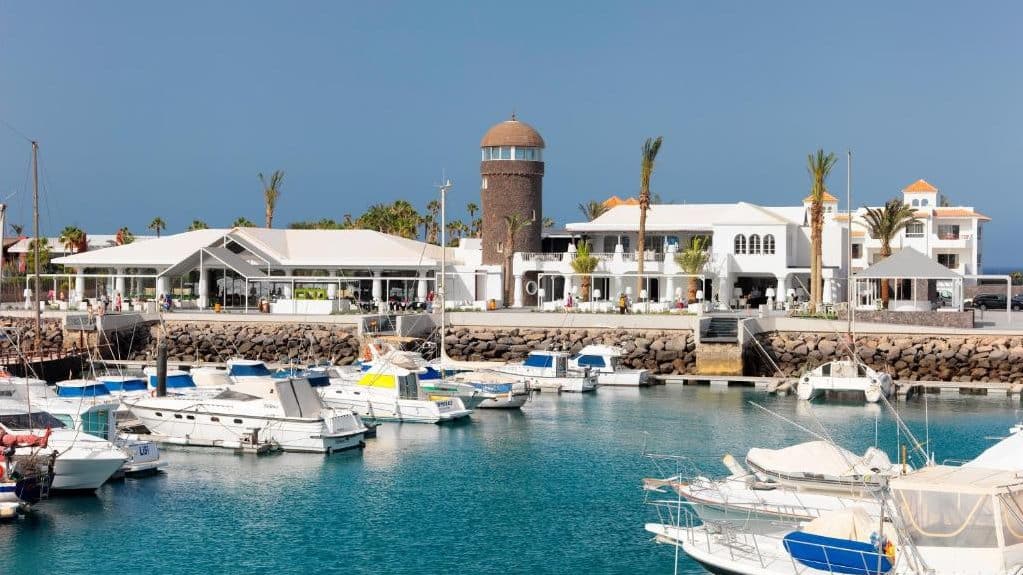
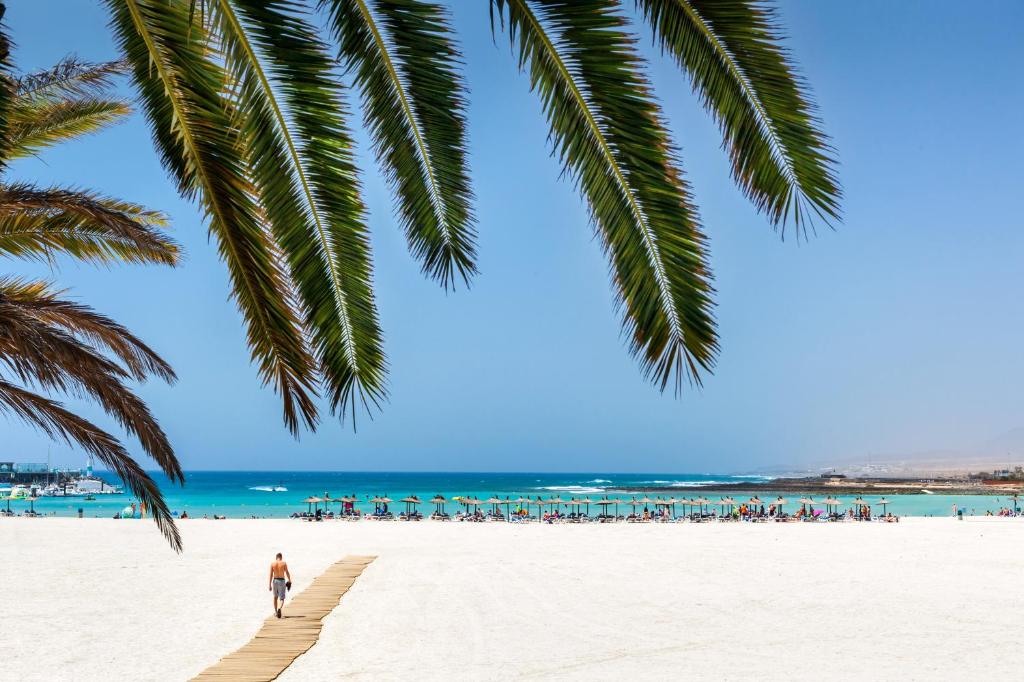
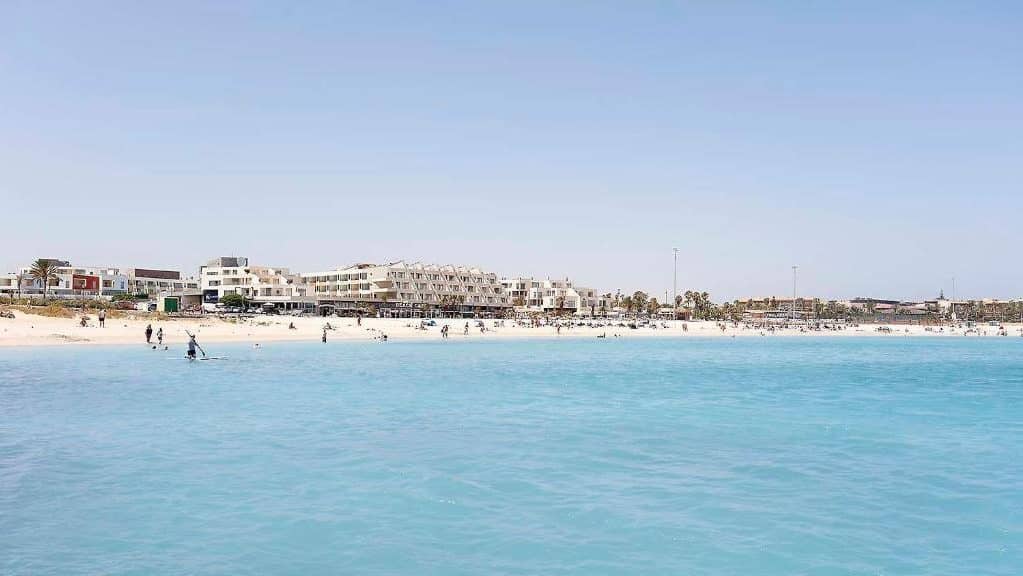
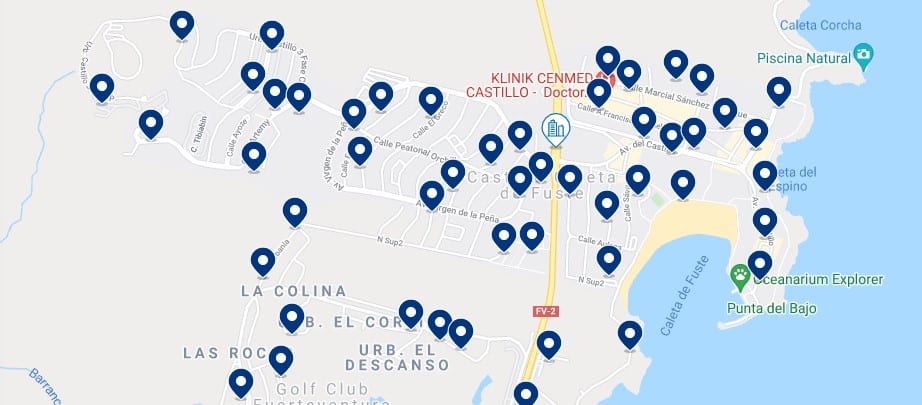
Why is this a recommended area to stay in Fuerteventura, Canary Islands:
- Best area for travellers with children
- Resorts and luxury hotels
- Oceanarium Explorer
- Golf courses
Accommodation in this area
-
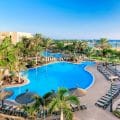
Barceló Fuerteventura Thalasso Spa
This hotel is located on Caleta de Fuste Beach and features a large outdoor pool, a large gym and a luxurious spa area. The 462 rooms have a private balcony or terrace with views of the sea, the garden or the pool.
-
Budget

Castillo Playa
Located 200 metres from Caleta de Fuste Beach and Fuerteventura’s commercial centre, Castillo Playa features an outdoor pool with sun loungers and a poolside bar. The property is quietly located and offers bungalows with a private terrace.
-
Luxury
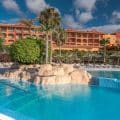
Sheraton Fuerteventura Golf & Spa Resort
The Sheraton Fuerteventura is located on the beachfront, in a residential area on the east coast of Fuerteventura. It has 4 outdoor pools, a spa, miniature golf course and air conditioning. The spacious rooms include satellite TV, a private bathroom and free Wi-Fi.
6. Puerto del Rosario
Puerto del Rosario is the largest city and capital of the island of Fuerteventura.
Located on the eastern coast of the island, 5 km from the airport, Puerto del Rosario is the oldest town in Fuerteventura and the only one that is not fully devoted to tourism.
Due to its importance and age, Puerto del Rosario also has the highest concentration of historical and cultural attractions. Some of the cultural attractions of the capital include the Juan Ismael Art Centre, the Casa de la Cultura de Puerto del Rosario and La Alcogida Ecomuseum.
Casa Museo de Unamuno, located next to the Cabildo Insular, is the place where the Spanish philosopher Miguel de Unamuno lived during his exile in Fuerteventura in 1924. The Sculptural Park of Puerto del Rosario, also in the city centre, showcases over 50 works by different artists.
Among the beaches of the municipality are Puerto Lajas, Playa de Los Pozos and Playa Blanca. These beaches are suitable for watersports such as surfing and windsurfing.
Puerto del Rosario is the best*connected town in Fuerteventura. The island capital is the departure point of all the roads leading to the tourist centres and natural parks and is where most of the interurban bus lines converge.
The port of Puerto del Rosario offers many ferry connections to Lanzarote, Las Palmas and Tenerife.
The accommodation offer in the island capital is quite varied. As it is not a proper tourist city, Puerto del Rosario is the cheapest area to stay in Fuerteventura.
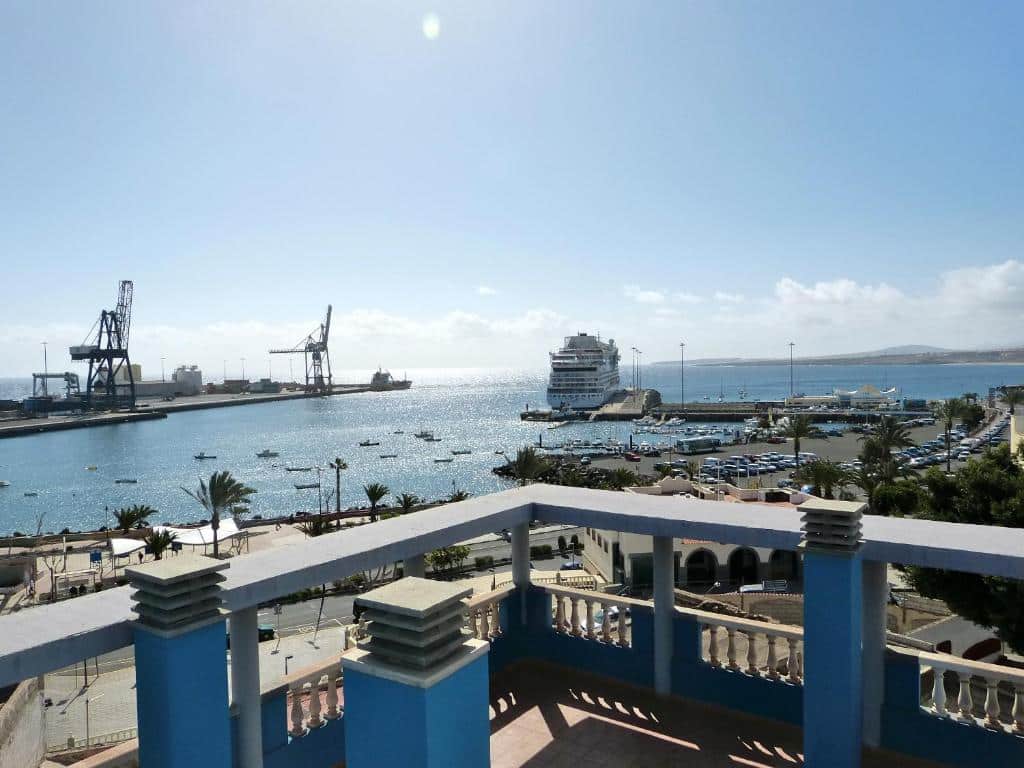
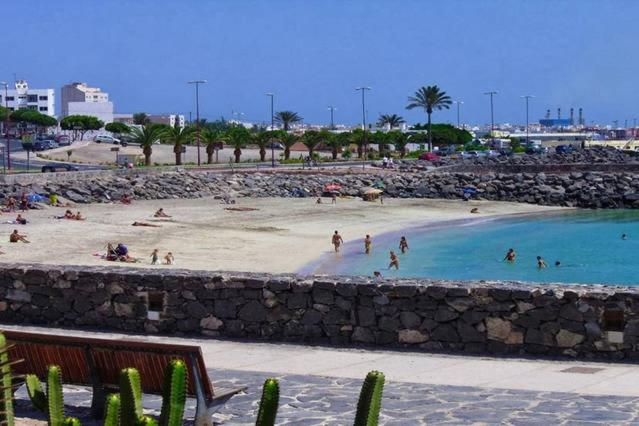
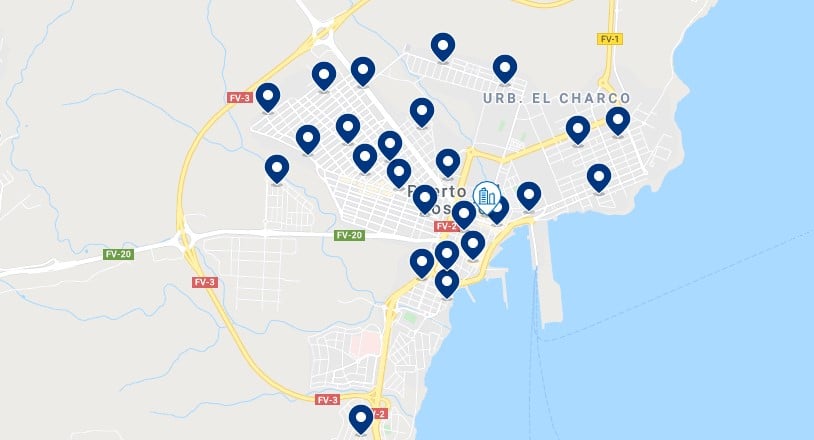
Why is this a recommended area to stay in Fuerteventura, Spain:
- Best-connected area of the island
- Cheap accommodation in Fuerteventura
- Historical and cultural attractions
- Airport and main ferry terminal
Accommodation in this area
-
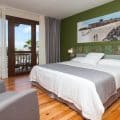
Hotel Mirador de Fuerteventura
Located in Puerto del Rosario, Hotel Mirador de Fuerteventura provides accommodation with a restaurant, free private parking, a bar and a shared lounge. It also offers room service and 24-hour reception, free WiFi, car rental service, garden and terrace.
-
Budget
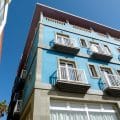
Hotel Tamasite
Hotel Tamasite is located 10 minutes’ walk from the port of Puerto del Rosario town and has a spacious sun terrace with sea views. Some of its rooms have a small balcony overlooking the harbour.
7. Playa de Jandía & Esquinzo
Esquinzo is a town on the Jandía peninsula, in the south of the island of Fuerteventura.
This set of luxurious residential developments is located north of Morro Jable and south of Costa Calma.
Esquinzo is known for its beautiful beaches with turquoise waters and golden sands.
Thanks to its powerful and constant winds, the area of Playa de Jandía is especially popular with windsurfers and surfers.
Esquinzo and Playa de Jandía have a large number of hotel complexes and huge resorts offering all services.
The area furthest from the coast also has some tourist apartments.
Accommodation in this area
-
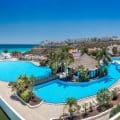
Fuerteventura Princess
The Fuerteventura Princess, located on the beachfront in Playa de Jandía, has several outdoor pools, tennis courts and a restaurant that offers an international buffet and evening entertainment.
-
Budget

Robinson Club Esquinzo Playa
This all-inclusive Robinson Club is in the southern part of Fuerteventura, overlooking Esquinzo Beach. It offers 2 outdoor swimming pools with sea views, an activities program for children and live entertainment every day.
-
Luxury
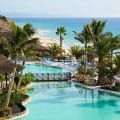
Club Jandía Princess
The Hotel Jandia Princess is located in front of the sea, between Jandía and Esquinzo Bay. It offers spacious rooms and has 6 different pools with a solarium and extensive gardens with Canarian plants. It has several restaurants, bars and nightly entertainment.
8. La Oliva
La Oliva is an inland town located in the north of the island of Fuerteventura.
This quiet rural village is known for its many historical attractions such as Casa de Los Coroneles; an 18th-century building with crenellated towers, the church of Our Lady of Candelaria; a colonial-style chapel with a volcanic stone bell tower, Casa Mané Canarian Art Centre; a small museum with a collection of art from the Canary Islands, and the stately mansions Casa de la Cilla and Casa del Inglés.
The Museum of Traditions, housed in a traditional-style house, offers a collection of local art and crafts.
La Oliva is also very close to unmissable natural attractions.
The Tindaya mountain, a place of huge archaeological value, rises 400 metres above sea level and is home to the Barranco de Tinojay archaeological site. The El Llano, Esquinzo and Guriame caves offer Majos ruins and remains.
La Oliva’s location, in the geographic centre of the island’s north and halfway between Corralejo, El Cotillo and Puerto del Rosario makes it an excellent town to stay in Fuerteventura to be close to everything.
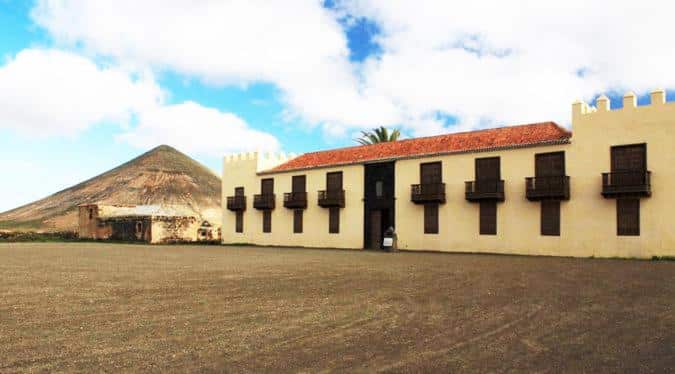
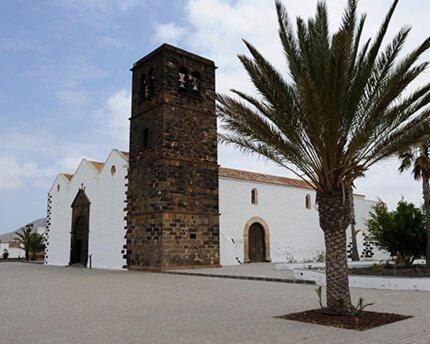
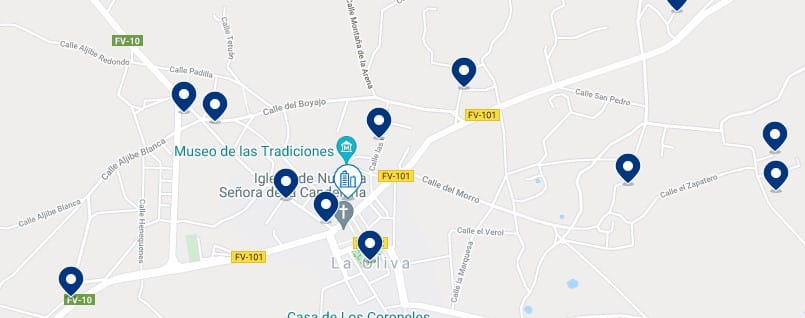
Why is this a recommended area to stay in Fuerteventura, Canarias:
- Central location in the north of the island
- Rural atmosphere
- Cultural and historical attractions
Accommodation in this area
-
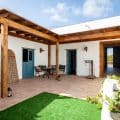
Casa Emblemática “Casa del Cuartel”
Casa Emblematica “Casa del Cuartel” is a self-catering accommodation located in La Oliva, Fuerteventura, 15 minutes’ drive from the nearest beach. This apartment has a terrace, TV and patio. There is a kitchen with cooking utensils, washing machine and dining table, and the bathroom has a shower.
-
Luxury

Villa Upupa
Located in La Oliva, Villa Upupa offers an outdoor pool and accommodation with free WiFi and free private parking. The units come with a patio, a kitchen with a microwave, a seating area, a TV, a washing machine and a shared bathroom with a shower and a hairdryer. There is a fridge, oven, stove and kettle.
9. Ajuy
Ajuy is a small town located in the southwest of the island of Fuerteventura.
Famous for its beaches and caves, Ajuy is probably the least crowded coastal town in Fuerteventura.
Its small urban centre, home to about 150 inhabitants, has some restaurants and spectacular views of the cliffs and beaches.
The Ajuy Caves are one of the main tourist attractions in the area and are part of the Ajuy Natural Monument.
Ajuy beach is one of the quietest in Fuerteventura. Unlike other white-sand coastal areas of the island, Ajuy beach stands out for its black volcanic sands.
Ajuy does not have many accommodations. Most of its offer is based on privately-owned tourist apartments.
To find available accommodation, it is best to book early, especially in the high season.
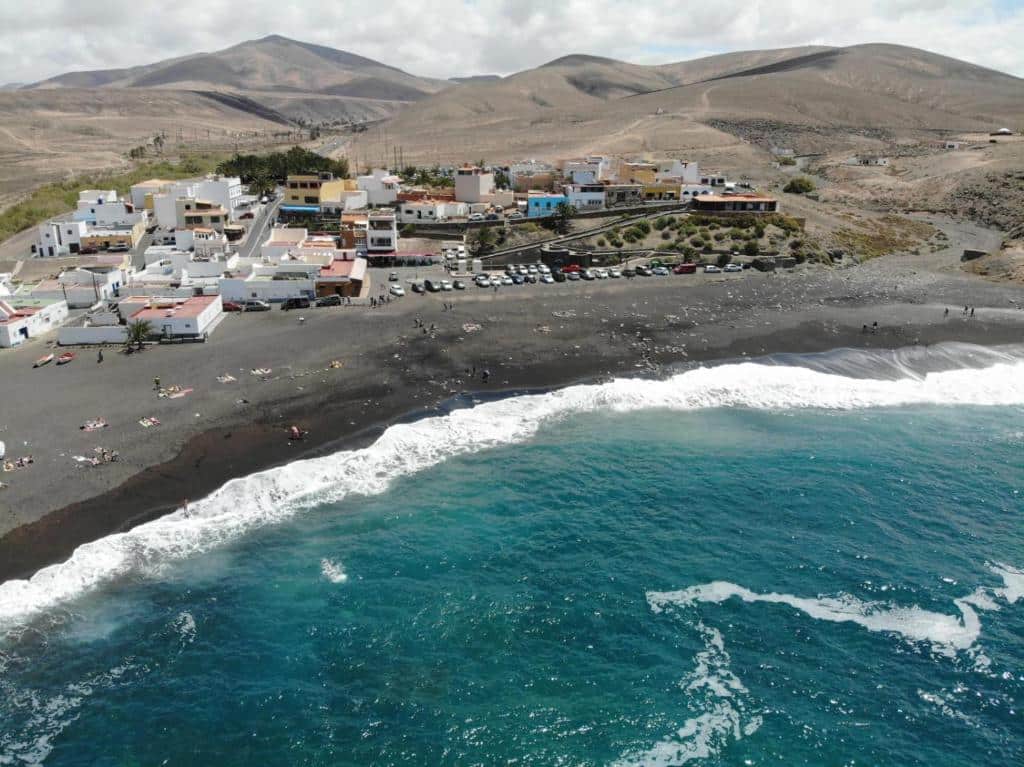
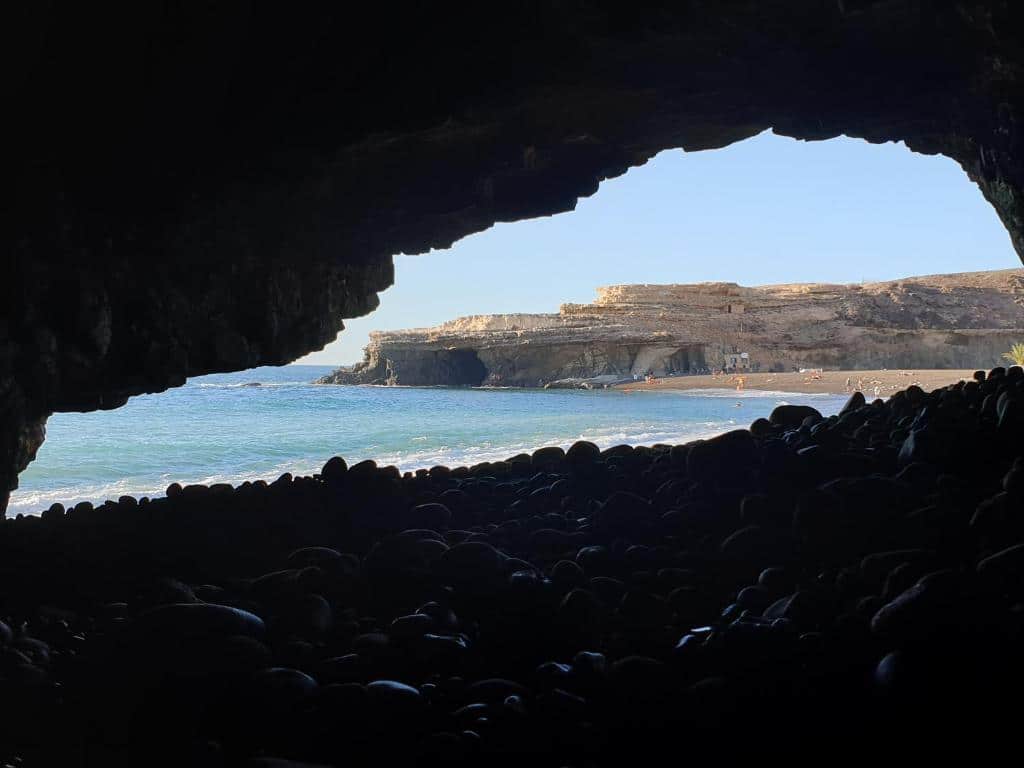
Accommodation in this area
10. Tuineje
Tuineje is a rural village located in the geographic centre of the island of Fuerteventura.
This small town is known for its pre-Hispanic ruins. Tuineje is also home to the charming church of San Miguel and the Molino de Antigua.
Tuineje is a popular area with hikers who use it as a starting port to explore the nearby Betancuria Rural Park.
The accommodation offer in the village of Tuineje consists mainly of rural houses.

Read in other languages:
|ES| Las mejores zonas donde alojarse en Fuerteventura, Islas Canarias.


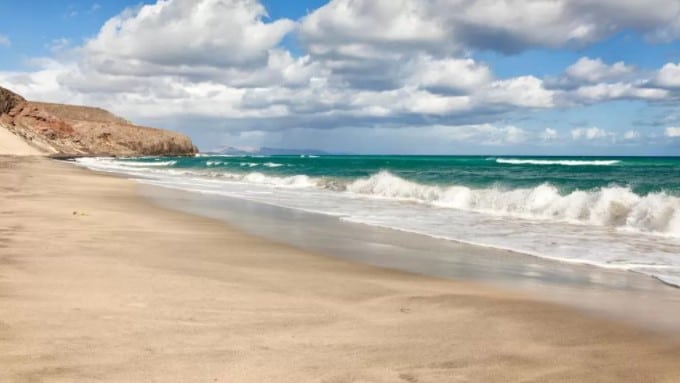
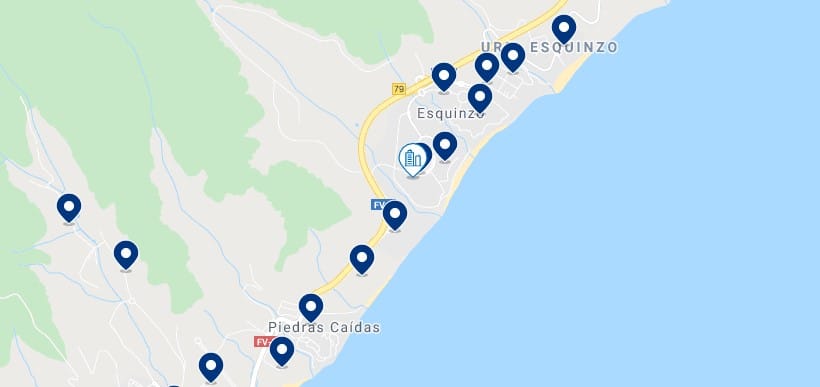

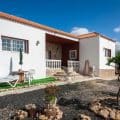
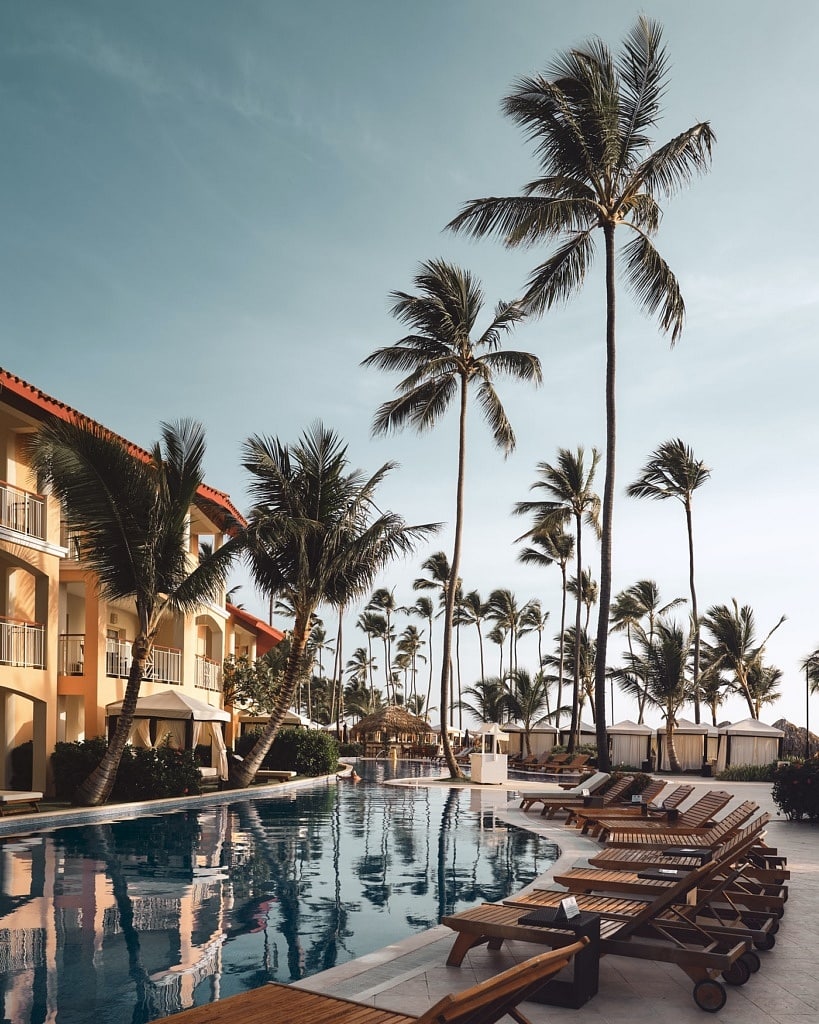

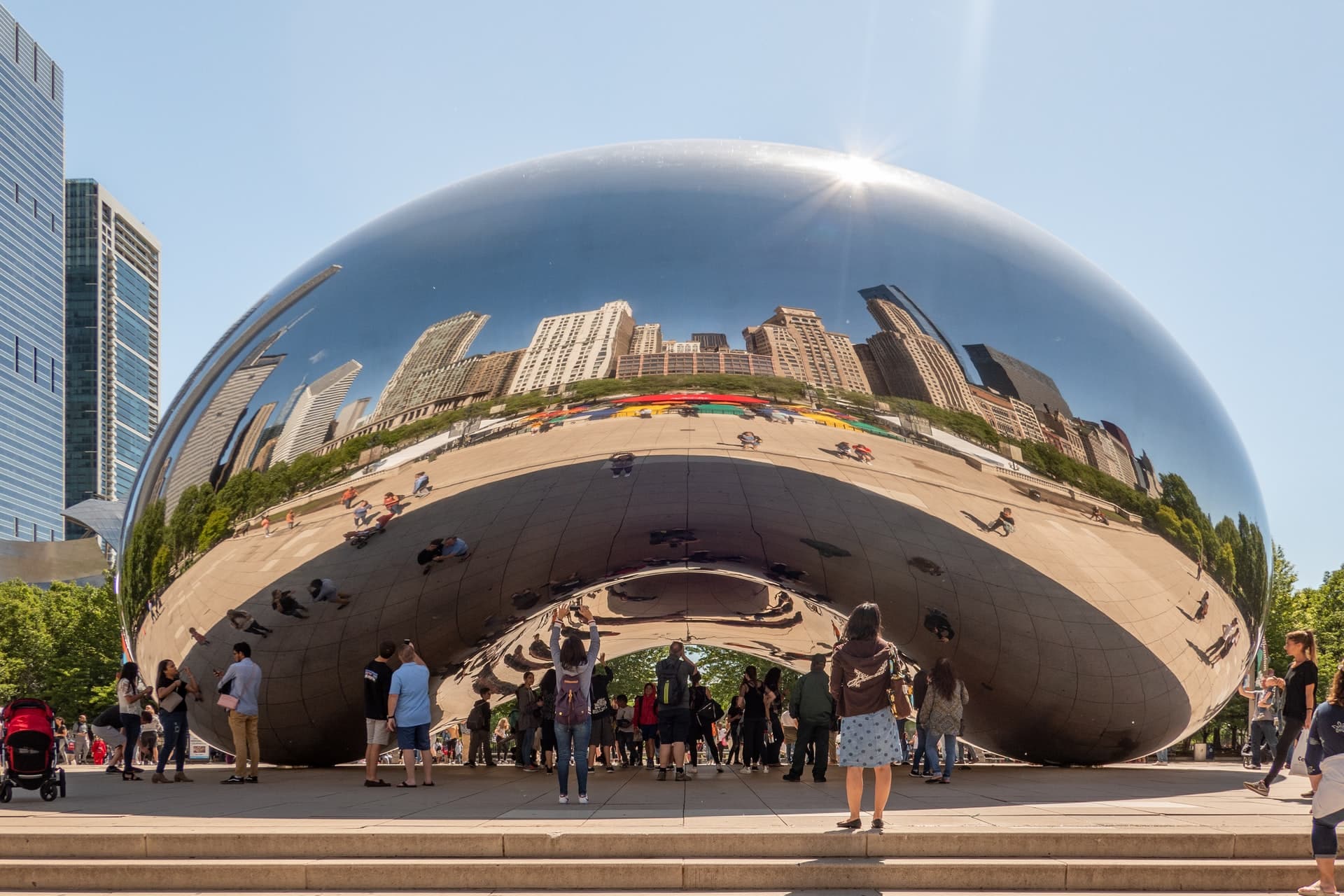
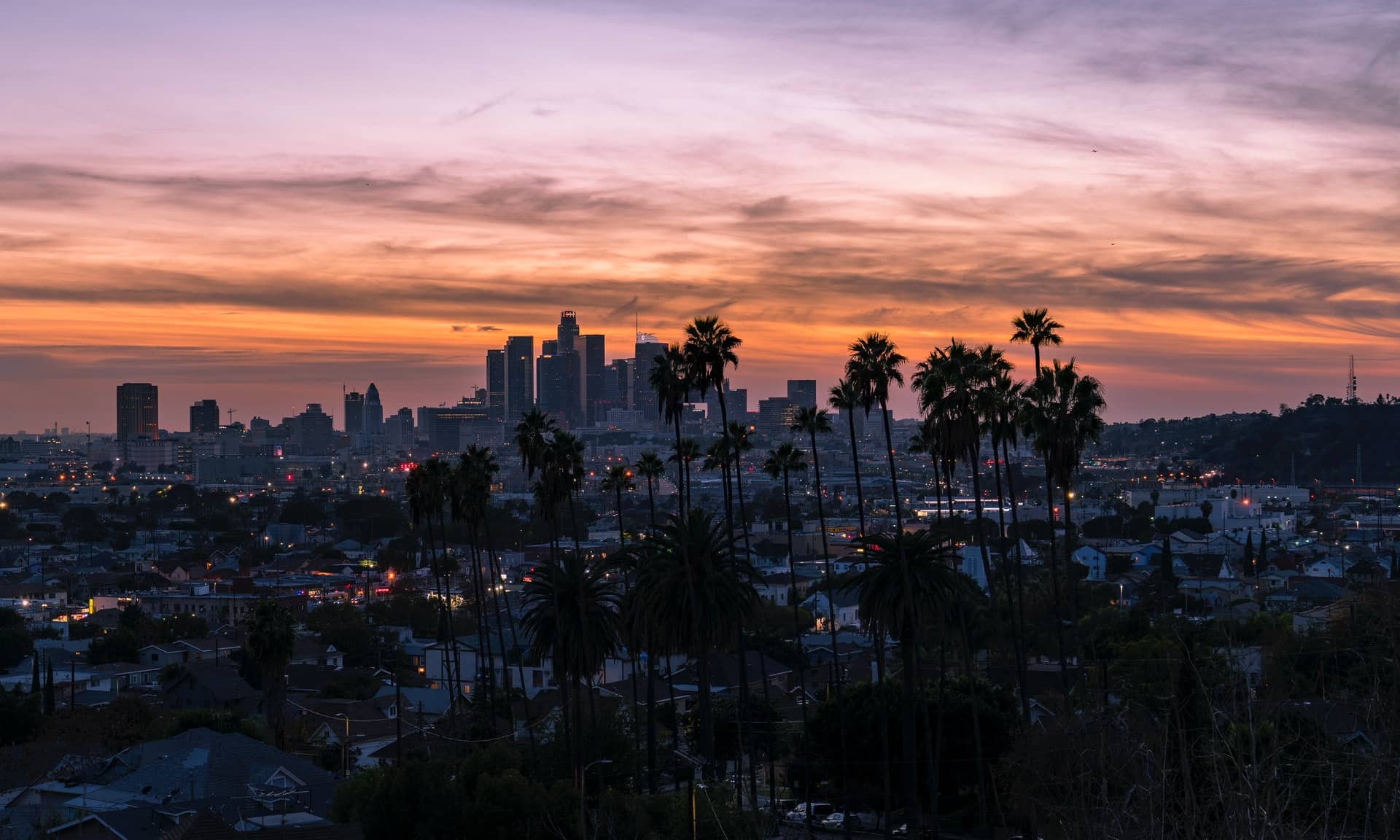
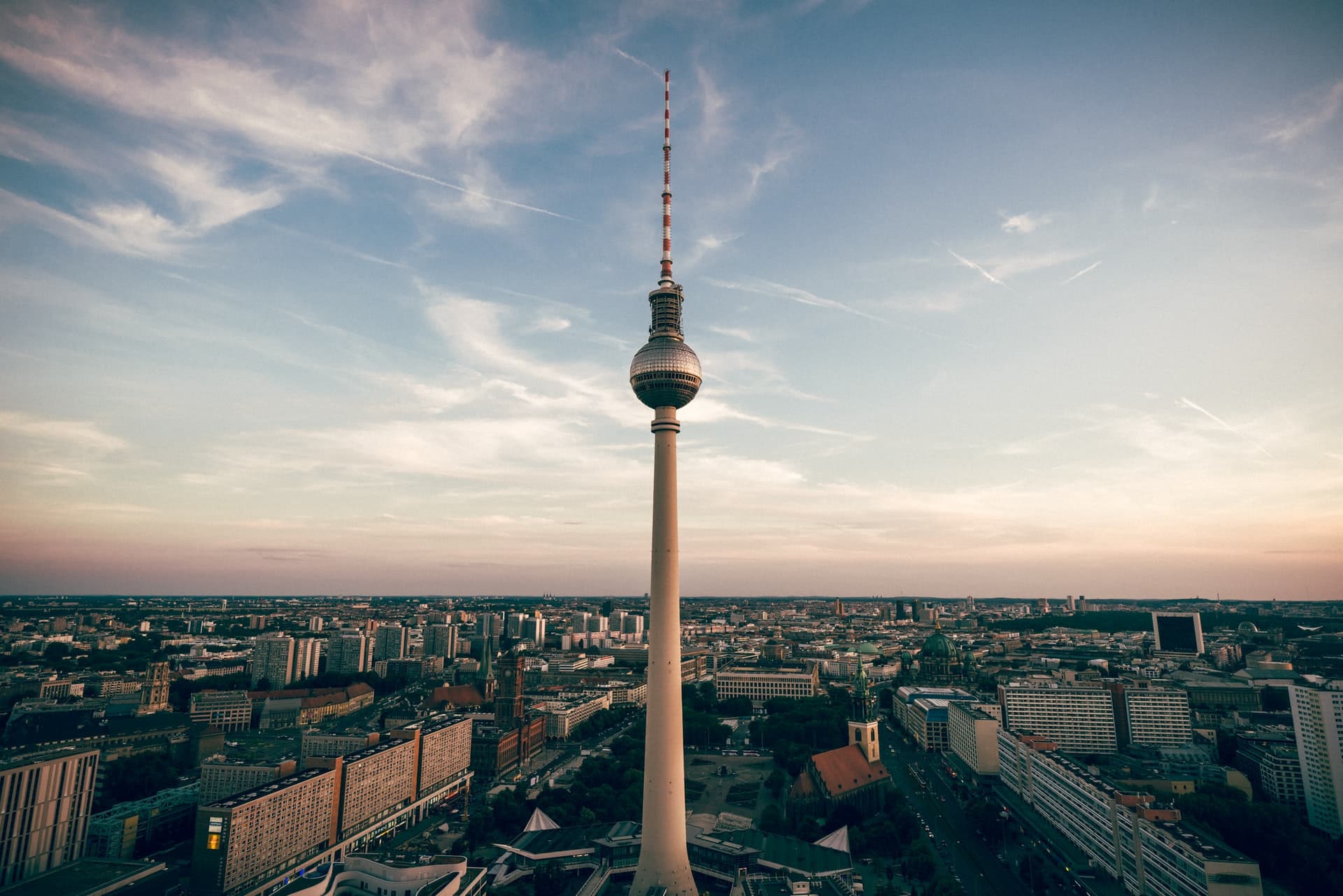


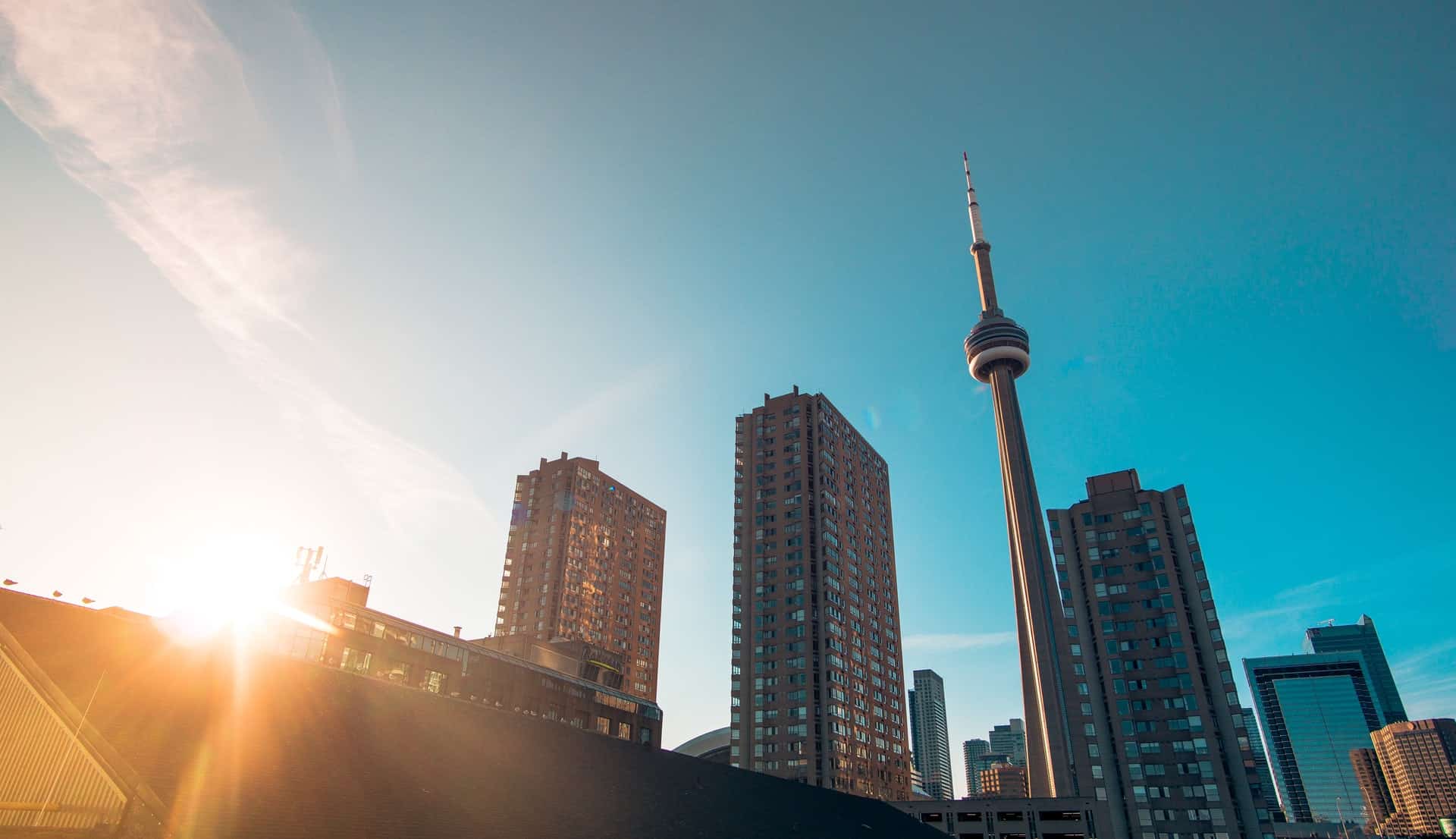
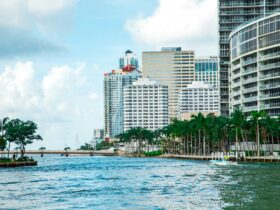
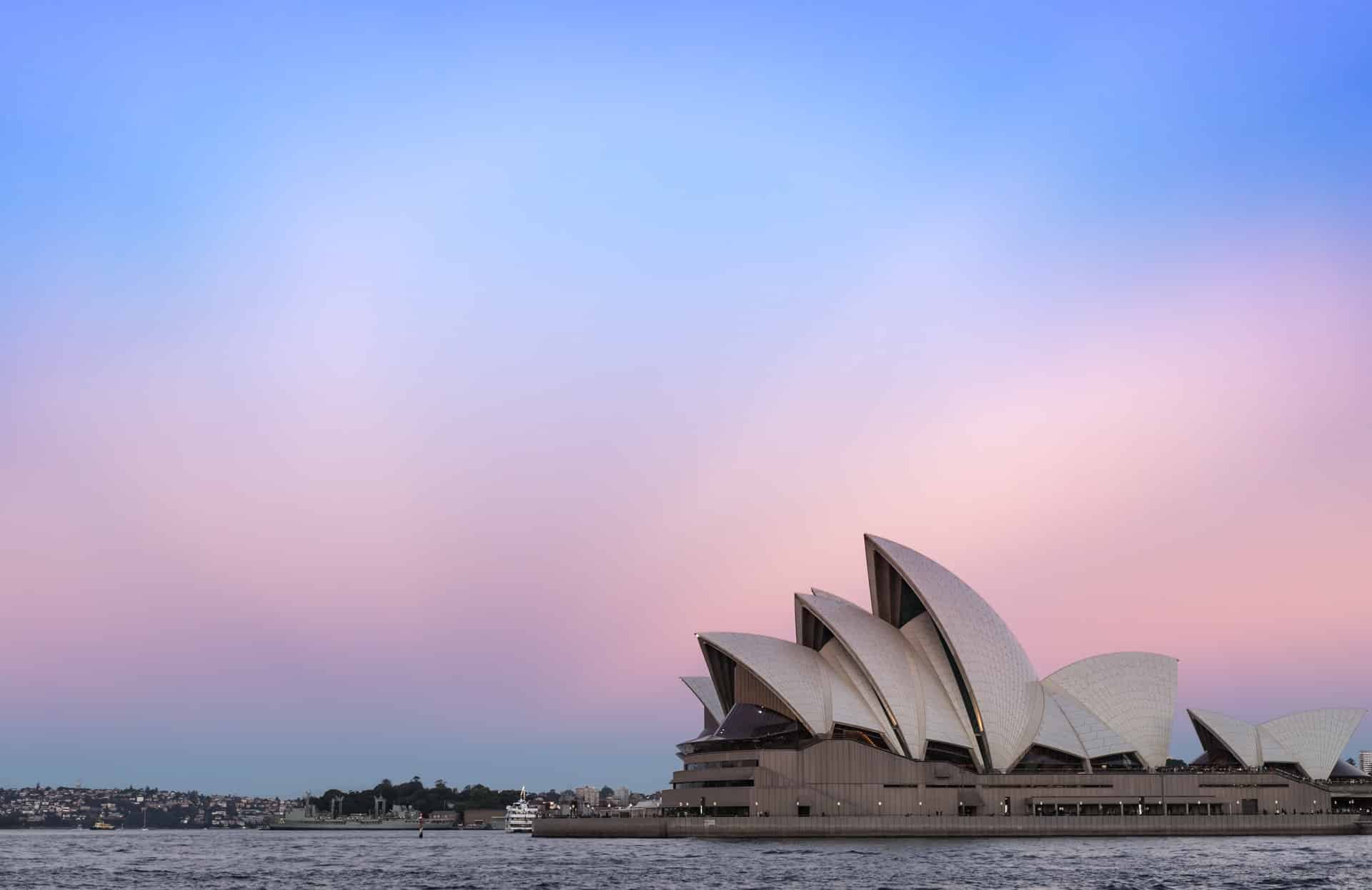



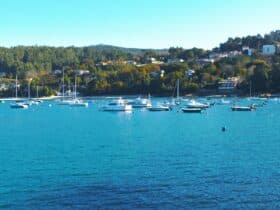

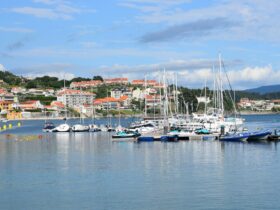
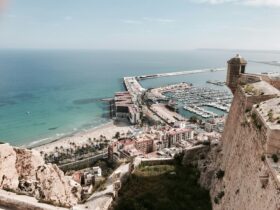
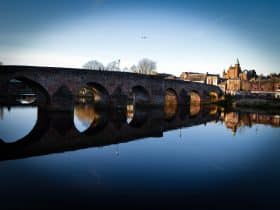
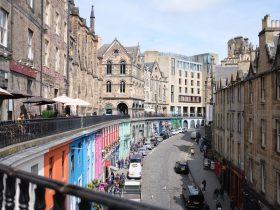
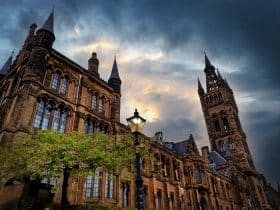
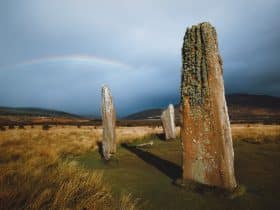
Leave a Reply
View Comments